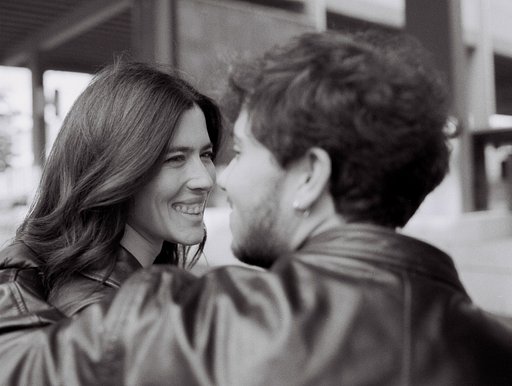An Interview with Kent Krugh on the Evolution of Cameras
7 Share TweetWhen it comes to technology, photography has come a long way. In the span of a century, progress has been made, varying from form, purpose, mechanics and more. From vintage classics to sophisticated digital SLRs, fine art photographer and alternative process enthusiast Kent Krugh shares with us his own findings of photographic equipment history with the use of an x-ray machine, revealing him silhouettes of gears and cogs.
Here's Lomography Magazine's one-on-one with Kent.

Hi Kent, welcome to Lomography Magazine! How is life as a photographer nowadays?
I am currently curating an exhibition (my first) with refugees and immigrants in Cincinnati. I got a grant to buy cameras, make prints, etc., so each person got a camera to photograph the "New World" as they see it. We meet each month to review images and discuss problems. It has its own set of challenges I have never faced before, yet plenty of opportunities to be creative and resourceful. The exhibition opens this October as part of the FotoFocus Photography Biennial in Cincinnati.
Let's talk about your series "Speciation"! Using x-rays, what a unique approach in the digital age, and you used the x-ray to outline camera technology's history. What inspired you of this experiment?
I started experimenting with x-ray image-making in 2010, first with dolls and objects from nature. I had a collection of about 40 cameras and in 2014 started x-raying them with film. A couple years later I had access to a new digital x-ray imager, and then the project took off, mainly because of the ease in which images could be made, and my trial and error techniques were much more efficient. I made a few prints and showed them at portfolio reviews. One publisher, Fraction Editions, showed interest and had the same vision I had for the project. A book is due out in 2018.
Did the 'innards' of each camera make you realize or find out anything about the evolution of cameras?
Interesting question. It's obvious that the earliest cameras were very simple devices, and this was made clear with x-rays that showed lots of empty space between the lens and the film. Bellows made of paper and leather, yet still visible in the x-rays, were essentially just a light-tight space filler to allow the light to diverge from simple lenses to a plate of film. What is clear, also, is that lenses became more complicated, adding more elements as cameras became more sophisticated -- such as modern zoom lenses with elements moving long distances. In the 70's, cameras became automated with electronic circuit boards that are clearly visible upon x-ray. The insides of digital cameras contain very little empty space being tightly packed with all sorts of processors, batteries, and storage media. X-rays of these sometimes look similar to x-rays of radios or phones.
Also noted in your series is that the series is an homage to the cameras you encountered in your life. Do you have any particular favorite cameras or those that struck you most?
I used a Hasselblad 500CM for a while and was always fond of the wallop sound the mirror made when you pressed the shutter and it moved out of the way. The sound seemed to testify of a finely built and tuned machine. So, when I x-rayed the Hasselblad, there it was as plain as day: the large mirror angled 45 degrees -- ready to slap out of the way when the shutter is pushed. The fisheye lens on the Canon FT was pretty surprising to see on x-ray: an almost perfect half dome/sphere lens element just beneath the surface. I used an Agfa Clack and was impressed when the x-ray revealed a curved film plane to maximize sharpness from a single element lens.
What do you usually do during your downtime? Any on-going project, or other plans in the future?
Downtime for me is working in the garden or taking hikes in the woods. In fact, most of my photography is nature based. A book of these camera x-rays is due out in a couple months. I have always wanted to make photogravures, so this summer I am taking a workshop in New Hampshire at Renaissance Press with Paul Taylor to learn the process.
Check out more of Kent's photographic work through his website, Facebook and Instagram.
2018-06-15 #people #x-ray-photography #kent-krugh

























No Comments